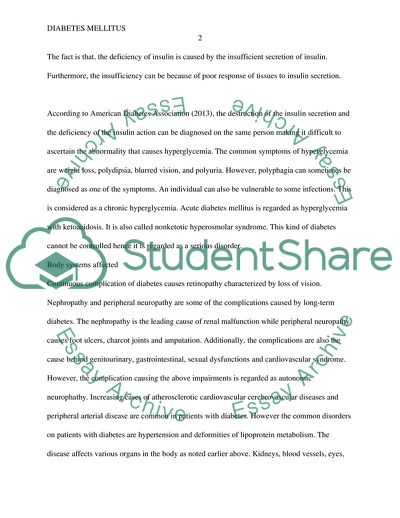Cite this document
(Diabetes Mellitus Research Paper Example | Topics and Well Written Essays - 1500 words, n.d.)
Diabetes Mellitus Research Paper Example | Topics and Well Written Essays - 1500 words. https://studentshare.org/health-sciences-medicine/1819528-any-disease-or-condition-of-the-body
Diabetes Mellitus Research Paper Example | Topics and Well Written Essays - 1500 words. https://studentshare.org/health-sciences-medicine/1819528-any-disease-or-condition-of-the-body
(Diabetes Mellitus Research Paper Example | Topics and Well Written Essays - 1500 Words)
Diabetes Mellitus Research Paper Example | Topics and Well Written Essays - 1500 Words. https://studentshare.org/health-sciences-medicine/1819528-any-disease-or-condition-of-the-body.
Diabetes Mellitus Research Paper Example | Topics and Well Written Essays - 1500 Words. https://studentshare.org/health-sciences-medicine/1819528-any-disease-or-condition-of-the-body.
“Diabetes Mellitus Research Paper Example | Topics and Well Written Essays - 1500 Words”. https://studentshare.org/health-sciences-medicine/1819528-any-disease-or-condition-of-the-body.


